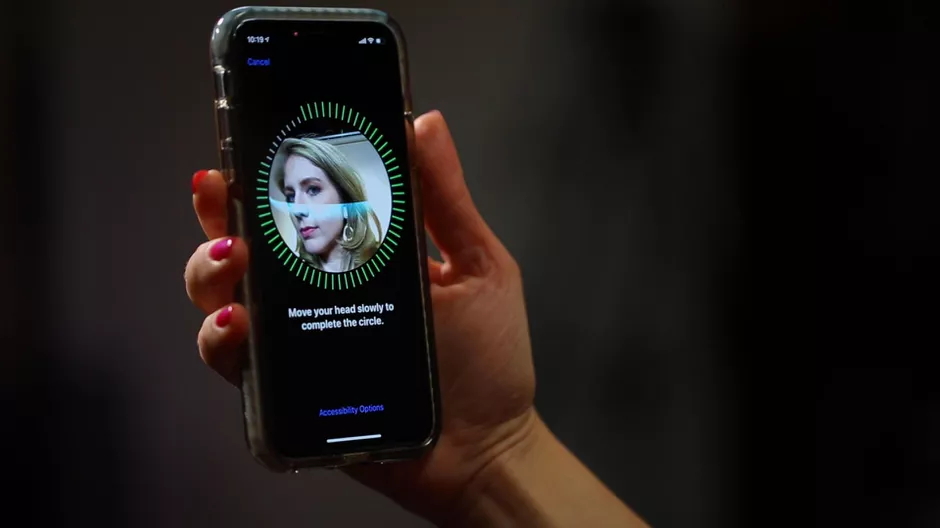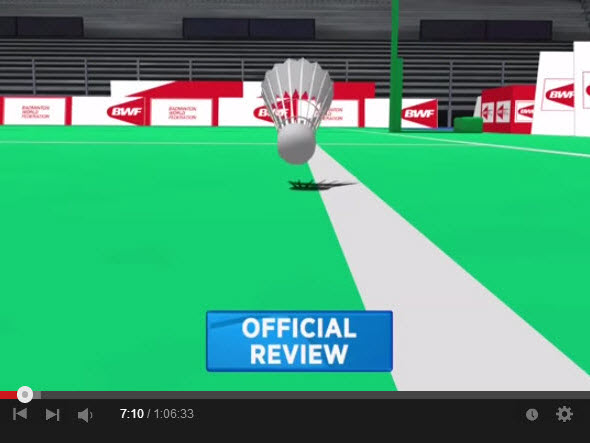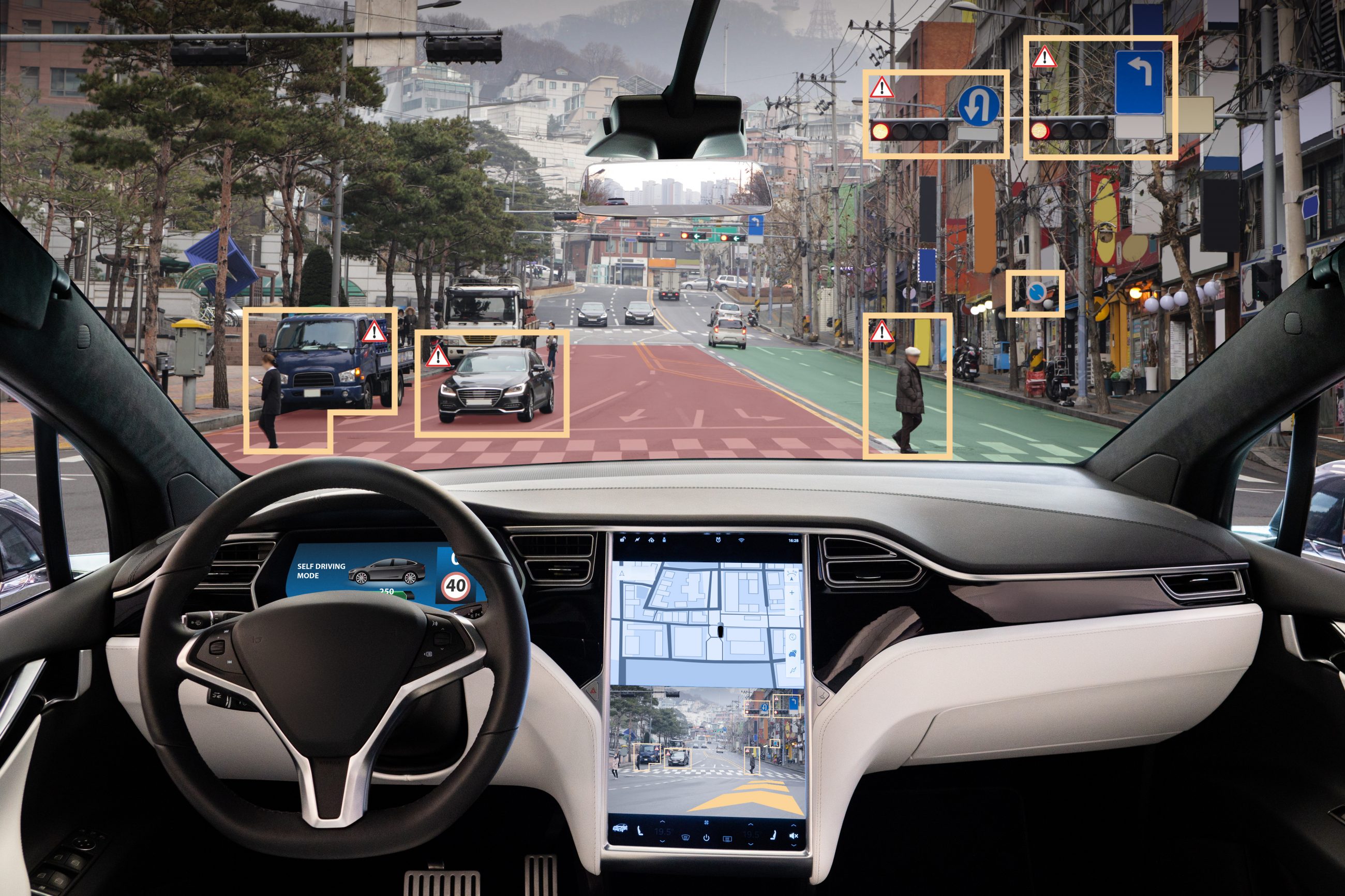Introduction to Computer Vision
Hao Su
Fall, 2021
Agenda
Applications of Computer Vision
Have you ever used computer vision?
How? Where?
How? Where?
Face Detection
- Almost all digital cameras detect faces
Login Without a Password (Face ID)

Face Spoofing Detection

3D from Images
Building Rome in a Day: Agarwal et al. 2009
Special Effects: Movie-making
Medical Imaging

Autonomous Driving
3D LIDAR Sensor

Industrial Robots
Vision in Space
Augmented Reality and Virtual Reality
Jitendra Malik, UC Berkeley
Three R's of Computer Vision

Three R's of Computer Vision
[Further progress in] the classic problems of computational vision:[requires us to study the interaction among these processes].
- reconstruction
- recognition
- (re)organization

Teaching Plan
Ridiculously Brief History of Computer Vision
- 1966: Minsky assigns computer vision as an undergrad summer project
- 1960's: interpretation of synthetic worlds
- 1970's: some progress on interpreting selected images
- 1980's: ANNs come and go; shift toward geometry and increased mathematical rigor
- 1990's: face recognition; statistical analysis in vogue
- 2000's: broader recognition; large annotated datasets available; video processing starts
- 2010's: Deep learning with ConvNets
- 2031: My very own robot?
Computer Vision and Nearby Fields
Derogatory summary of computer vision:

Machine learning applied to visual data.
Goal
- Focus on the classics of computer vision. Will briefly cover deep learning for vision in the last few weeks
- Basic paradigm of lectures:
- Convert a vision problem to a set of mathematical equations
- Write a program to solve the equations
Syllabus
Topics to cover:
- Geometric Transformations
- Camera Model
- Multi-View Reconstruction
- Video Tracking
- Image Recognition
Basic Mathematical Tools
- Matrix and Vector
- Least Square Problem
- Taylor's Expansion
- Gradient of Multi-variable Functions
Basic Programming Tools
- Python
- Matplotlib Library: Read images and draw figures
- Numpy Library: Linear algebra
- PyTorch Library: Deep learning
Related Courses in CSE
- CSE152A Fall (Hao Su): Introductory level, linear equation systems centric
- CSE152B Spring (Manmohan Chandraker): Advanced, deep-learning centric
- CSE252A Fall (Ben Ochoa): Similar to CSE152A but with greater technical depth and breadth
- CSE252B Winter (Ben Ochoa): 3D Reconstruction by Classical Methods
- CSE252C Spring (Manmohan Chandraker): Research oriented
- CSE291 Winter (Hao Su): 3D understanding by deep learning
- CSE291 Spring (Hao Su): Robotics by deep learning
Exams and Assignments
Exams (20%)
- A final project (by composing and tuning solutions from assignments)
- No in-class exams
- Programming and Q&A based problems
- 9 assignments (released weekly) without late days
- You can drop 1 assignment without penalty
- Expected time to solve all problems in each homework: $\sim 5$ hours
- Each homework solicits your feedback on teaching (1 free credit)
Collaboration Policy
- You can work individually or form study groups of two members
- For study groups,
- each individual must create and submit your own solution of all problems
- please clearly indicate the name of your collaborator and the problems you have discussed
Test of Background
Gradescope
- We will use Gradescope to provide feedback to your answers (for this homework, also for future assignments).
- Invitation code: 6PWK23
- Please submit your solution as a PDF file (either scanned from a paper or exported from a document editor).
- Feel free to discuss with anyone if you do not know how to solve them, but you must write every line of your submission by yourself.
- 2 extra credits as long as you put (partial) answers to all problems (even with incorrect answers) and no plagiarism is identified.
- Due: Sep 26 2021 11:59 PM
Background
- Linear algebra
- Calculus
- Probability
- Python
- Write down the answer
- Self-assess your confidence: Scale of 1 (lowest) to 3 (highest)
Linear Algebra
Q1: Consider the matrix
$
A=
\begin{bmatrix}
x & x^2\\y & y^2
\end{bmatrix}
$
- What is the rank $A$ when $x=1$ and $y=2$?
- What is the rank $A$ when $x=0$ and $y=1$?
- What is the null space of $A$ when $x=2$ and $y=2$?
Linear Algebra
Q2: Consider the matrix
$
A=
\begin{bmatrix}
1 & 0 \\ 2 & 4
\end{bmatrix}
$
- What is the transpose of $A$?
- Define eigenvalues and eigenvectors of a matrix.
- What are the eigenvalues of $A$?
- What are the eigenvalues of $A^2$? Are they the same as the eigenvalues of $A$? Why?
Linear Algebra
Q3: Suppose that
\(
y=x^T
\begin{bmatrix}
1 & 2 \\ 2 & 1
\end{bmatrix}x
\),
where $x\in\R{2}$.
- Expand the expression as the polynomial of $x_1$ and $x_2$.
Linear Algebra
Q4: Suppose that $y=3x_1^2+5x_1x_2+4x_2^2$.
- Rewrite the expression as $y=x^T A x$ where $A\in\R{2\times 2}$ and $A=A^T$.
Linear Algebra
Q5:
(a) Given two vectors, $a=[1, 2, 3]$ and $b=[-1, 0, 1]$
(a) Given two vectors, $a=[1, 2, 3]$ and $b=[-1, 0, 1]$
- What is the dot product $a\cdot b$?
Calculus
Q6:
- What is the derivative of $f(x)=x^2$?
- What is the partial derivative of $f(x,y)=x^2y$ with respect to $y$?
- What is the gradient of $f(x,y)=x^2y$?
- State the chain rule of differentiation
Calculus
Q7: What is the Hessian matrix of $f(x,y)=x^2y$?
Calculus
Q8:
- What is the Taylor's expansion of $f(x)=e^{3x+1}$ (up to the second order, i.e., $f(x)\approx ax^2+bx+c$)?
- What is the Taylor's expansion of $f(x_1,x_2)=e^{3x_1+x_2}$ in matrix form (up to the second order, i.e., $f(x)\approx x^T A x + Bx + C$)?
Python
Q9:
- Have you used Python in the past?
- Briefly describe a program or project you wrote in Python.
- Write a snippet: Use a loop to print numbers from 1 to 10.
- Have you used Numpy in the past?
Feeling of Background Test
Q10:
- What is the total time you use to finish the background test?
- How difficult are the problems?
- A: Very easy, a piece of cake
- B: Modest, but I can deal with them with a bit of efforts
- C: Hard, not as expected
- When (year and quarter) and which courses (course number) did you take to cover materials we tested?
- Do your previous courses cover all the tested materials? If not, which problem is not covered?
Your Expectation
Q11: What is your expectation of this course?
- A: Rigorous (and difficult) course. I would read significant extra materials to become an expert and find jobs in computer vision or related fields.
- B: Modest course. Cover basic concepts and algorithms. I can spend time to learn about the details of how computer vision works, but I prefer to read as few external materials as possible before working on homeworks.
- C: Elementary course: Cover ideas and intuitions. I just want to call existing libraries to do projects. I am not interested in how the algorithms behind the functions are invented and implemented.
End


